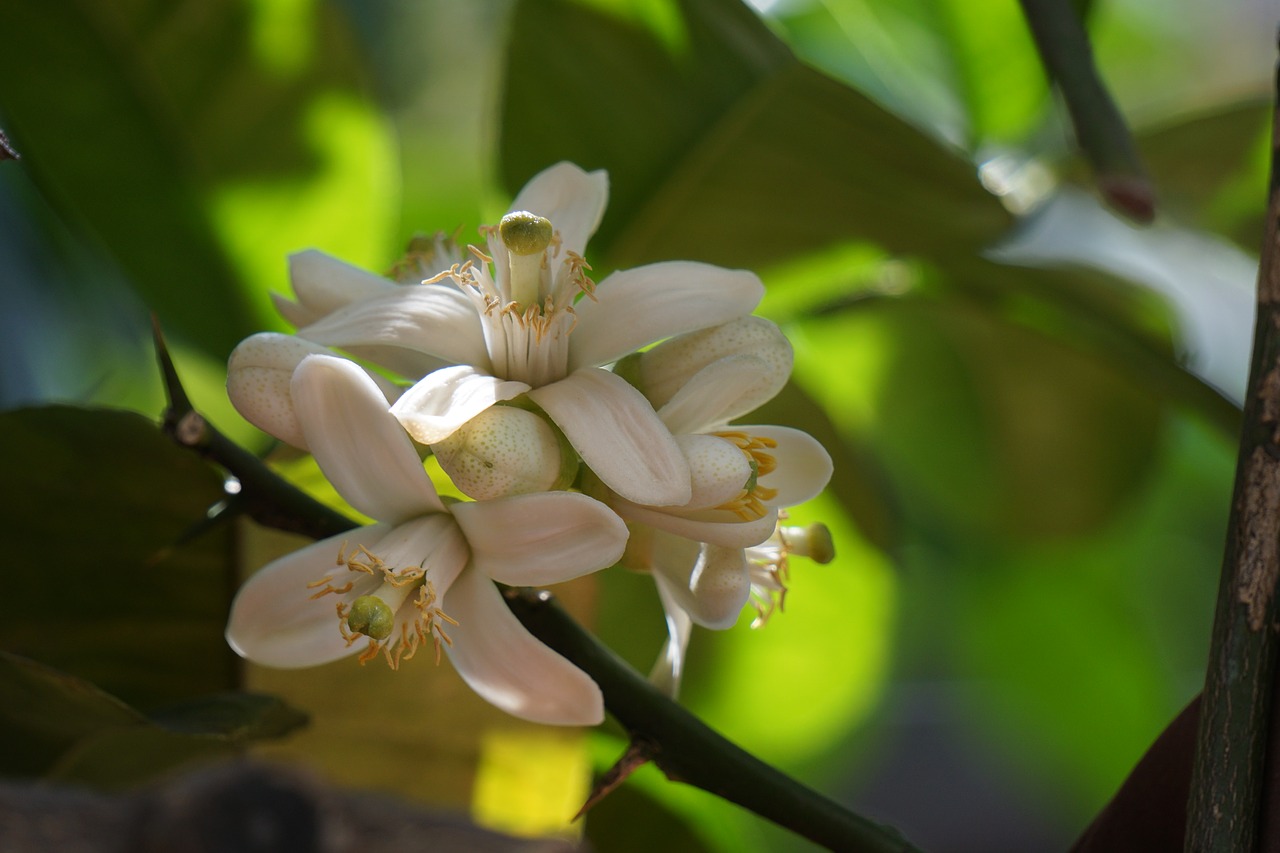A UF/IFAS Tip of the Week shares tips for scouting for postbloom fruit drop to be able to minimize its spread in your grove.
Widespread outbreaks of postbloom fruit drop have been minimal since 2016 according to a UF/IFAS Tip of the Week article, so it might not be on every Florida citrus grower’s radar. However, the article maintains that the fungus responsible for the disease remains dormant as “resting structures” in citrus groves, ready to multiply when the conditions are right. It’s important to catch the disease early to mitigate losses, so the article shares tips on scouting for postbloom fruit drop. See them below.
Tips on Scouting for Postbloom Fruit Drop
The article shared these tips on scouting for postbloom fruit drop (PFD):
- “Flower infections only occur with specific weather conditions. Moderately warm temperatures, between 72 to 79 degrees, and long leaf wetness periods of more than 16 hours (usually associated with rainfall) are perfect for the fungus.”
- Longer wet periods with cooler or warmer weather can also lead to infection.
- “If infection occurs on successive waves of early flowers before the major bloom period, the number of spores greatly increases the likelihood of a PFD outbreak with the right weather during the major bloom.”
- “If symptoms are present, use the Citrus Advisory System – AgroClimateto identify periods of increased PFD risk in your area when the main bloom comes.”
- If your grove has a history of PFD infection, it can be problematic without perfect weather conditions.
- “Popcorn and opened flowers are the most susceptible to the disease, so concentrate scouting for symptoms on these stages.”
- “PFD lesions are peach to pinkish-brown on flower petals (Figure 1). Whole flower clusters are affected when PFD conditions are perfect. With optimal temperatures, flowers and symptoms may develop so quickly they are missed when scouting because the petals fall.”
- “Fruitlets from PFD-affected flowers turn chlorotic and fall off trees, leaving behind the persistent calyces, also known as PFD buttons.”
- “While calyces from natural fruit fall are easily removed, PFD buttons are not easily taken off trees.”
Griffin Fertilizer is committed to helping both growers and ranchers make sound agronomic and economic decisions in order to maximize the health of their grove and pasture. As a full-service custom dry & liquid fertilizer blender and crop protection product distributor, we will continue our mission to further advance Florida agriculture. For questions or concerns about your farm or pasture, contact us and one of our team will be in touch.

